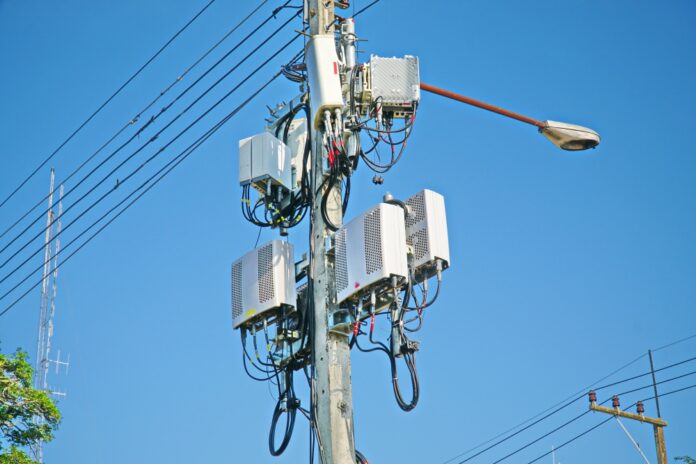5G’s greater use of spectrum and a much wider diversity in use cases will strain backhaul capacity.
Meeting these needs will demand extra layers of complexity for performance and flexibility, which in turn mean more capacity of backhaul links and changes to architecture.
Radio functions will be separated from baseband signal processing to enable both to scale independently and to accommodate equipment from different vendors.
Reducing the distance
Higher bit rates and capacity will accelerate the growth of small cells to cut the distance between radio units and user equipment.
Rethink Research’s new report predicts small cells with be the main driver of backhaul links over the next six years to 2026 which will see a major period of transition from 4G to 5G in most regions.
The number of small cell backhaul links is forecast to grow almost nine times between 2019 and 2026, from 1.4 million to 12.27 million.
These global figures mask great regional variations that depend on factors such as terrain, investment in fibre locally and regulatory actions.
Slower in Europe
Small cells will be deployed faster in North America and many countries of Asia Pacific than in Europe.
At the macrocell level, the march towards fibre will proceed at varying paces, being strongest in the leading markets of Europe, North America and Asia Pacific.
The small cell boom will also increase the use of microwave for backhaul because, although fibre provides more capacity and lower latency, it will not always be available or affordable at the cell sites.
Three microwave categories –sub 6GHz, 7-40GHz, and 41GHz plus will collectively increase their share of small cell backhaul links from 36% in 2019 to 47% by 2026.
The share taken by fibre as the other principal contender will shrink correspondingly, from 53% to 42% over that seven year period – see graphics below.


